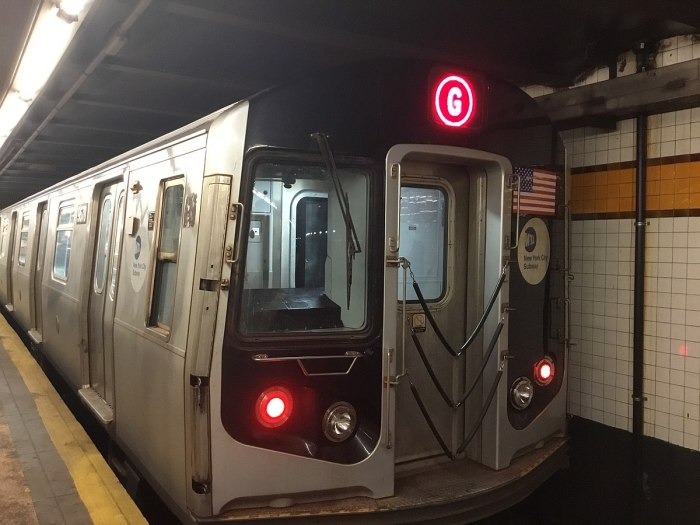
Headlines on Monday called the young man a “demon” and “brute.” As of now, though, he is guilty only of being charged with a crime.
That crime is the slaying of Karina Vetrano, whose disapearance into the weeds one night in August has horrified and captivated segments of the city since then.
The young speech pathologist went for a run near her Howard Beach home on Aug. 2, and never made it back. Her body was found later that night. She had apparently been raped and strangled, police said.
The tragedy launched months of breathless news coverage. It was a shocking incident, an aberration in a largely-safe city.
Vetrano’s picture, young and vibrant, was on front pages and screens across the five boroughs. Despite continued attention from detectives, journalists and the local community no leads emerged. All that was known were the gruesome facts of Vetrano’s too-early death.
Then, this weekend, a suspect was arrested and charged with murder in Vetrano’s killing. A city with a history of sensational crime coverage and wrongful accusations celebrated the arrest, but waited anxiously to see evidence provided in court to righteously condemn the suspect. Right?
Unfortunately, that wasn’t the case for Chanel Lewis, the 20-year-old who stands accused in Vetrano’s death.
Chief of Detectives Robert Boyce said Monday that investigators have a “strong profile” of DNA evidence tying Lewis to the crime. Police say that Lewis gave detailed and incriminating statements about Vetrano’s slaying.
But unnamed police sources also note that he did not confess to rape. Unnamed sources also point to Lewis’ alleged “hatred of women” based on a number of incidents that do not appear to be related to the three summonses for infractions on his record — reportedly park summonses and public urination. His record is otherwise clean.
Boyce said further details would be released not to the public but to a grand jury, yet the explosive coverage of the arrest was already in its third day, with the Daily News blasting Lewis — a “demon” and “brute” — on its Monday front page.
Appearing wide-eyed and confused in front of cameras, Lewis, who is black, was outfitted with a bullet-proof vest for his walk to a waiting car en route to court.
Onlookers heckled him. Newspapers ran pictures of Vetrano’s father outside his house, wielding a club.
The atmosphere of anticipated guilt was such that the Legal Aid Society, assigned to represent Lewis, released a statement noting in part: “We caution everyone — including the media — not to rush to immediate judgment. As our judicial system affords, Mr. Lewis is entitled to fairness and due process.”
For months, newspapers, including this one, followed every small twist of the case with the same bated breath that surrounded the Son of Sam murders in the 70s. Those took place in a city with a far different crime rate — Monday, city officials announced January 2017 had seen the fewest homicides of that month since at least the 1960s. That was hardly the case in Son of Sam era New York, when the repeat offenses provided a sense of certain, impending danger.
The Vetrano case also had some of the racially charged elements of the Central Park Five incident, where “wild” young men were accused of doing something unspeakable in the city’s wildernesses. Those men were also black, and ultimately had their sentences vacated well after the public fervor for revenge had faded.
Mistaken presumptions and mob justice has been a sad reality in NYC in the past — for Michael Griffith chased and killed by a white mob in Howard Beach in 1986. Or in Bensonhurst in 1989, when white teens killed Yusuf Hawkins who they wrongly thought was dating a white woman in the neighborhood.
To avoid mob justice, there’s the simple principle of innocent before proven guilty. That’s what Lewis is.
Guilty could come soon. The case as it has been laid out so far sounds like “good old-fashioned police work to me,” said Sam Gregory, a prominent criminal defender. Gregory noted a focus for the defense may be technicalities like the circumstances of Lewis’ reported confession.
But the different ways we talk about and think about crime and punishment in this city are hard to ignore in a case like this.
If the victim had been “a black woman from the projects,” says Gregory, “this would not have gotten the amount of publicity it has gotten.”
































